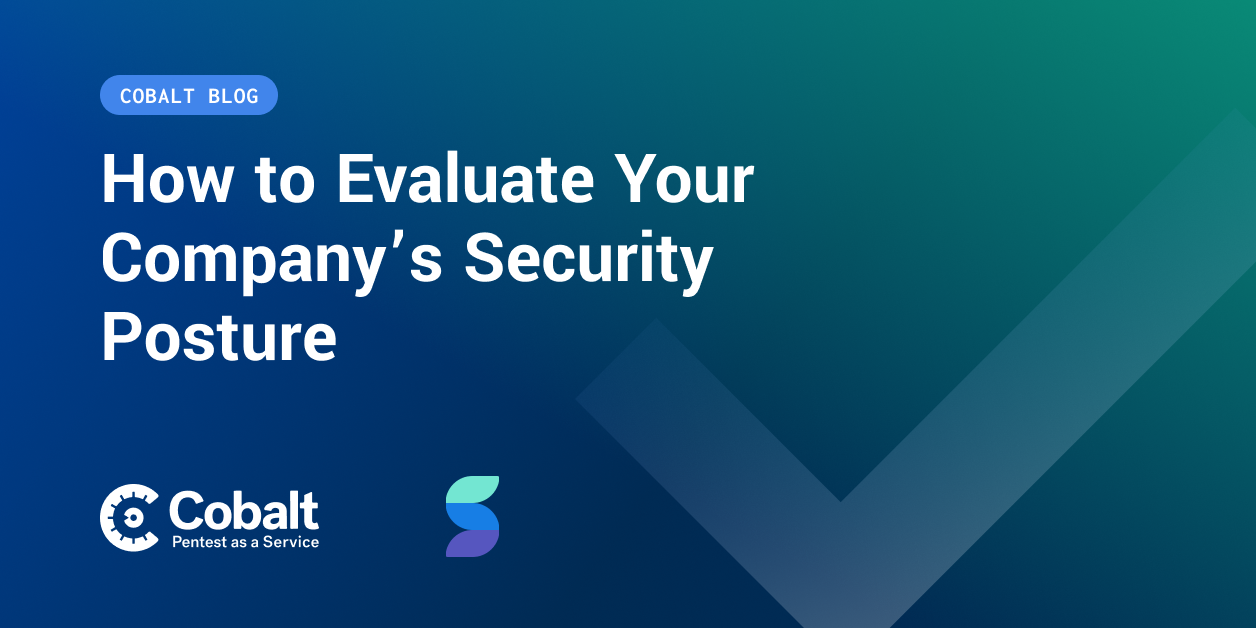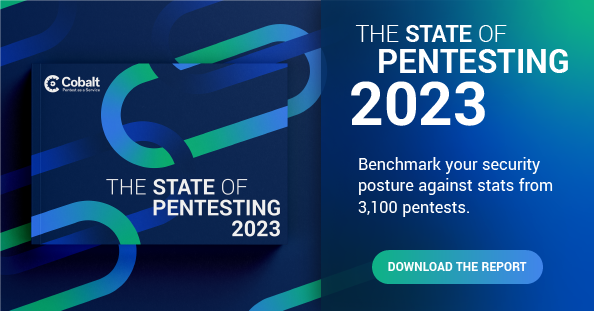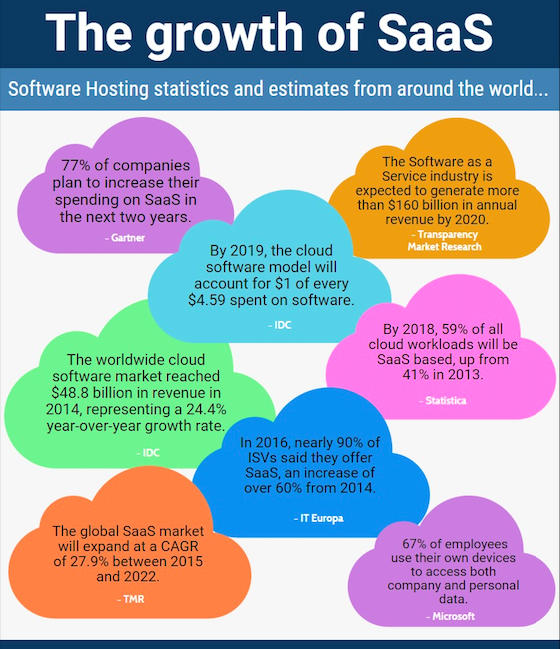A strong posture is a great first line of defense for keeping your organization safe against both known and unknown risks. Ready to evaluate where your organization stands? We dig into how to measure your security posture and offer tips to improve it below.
What is security posture?
Security posture is a measure of an organization’s overall security status. You can think of security posture as an umbrella term that covers a long list of security controls including:
- Information security (InfoSec)
- Data security
- Network security
- Penetration testing
- Security awareness training
- Vendor risk management
- Vulnerability management
- Data breach prevention
Once security posture has been evaluated, companies can see how effective their cybersecurity strategy is (or isn’t). This includes how well a company is able to identify, prevent, and respond to cyber threats.
Security posture takes stock of an organization’s security systems, networks, and information and their security resources such as software, people, policies, and hardware.
While security posture and security compliance work hand in hand, compliance is more about following rules related to standards and regulations while security posture is about an organization’s overall ability to protect itself against outside threats.
Why is having a strong security posture important?
One of the biggest benefits of gauging your organization’s security posture is understanding how vulnerable you are to outside threats. Not having a solid security posture is a little like locking your doors but leaving your windows open.
A company that is unaware of where their security posture stands is a company vulnerable to outside (and inside) threats. Poor security posture puts all data at risk (including customers’) and puts organizations at risk of falling out of compliance with security frameworks like SOC 2 or HIPAA.
A recent study found that 70% of security and IT professionals say that security hygiene and security posture management has become increasingly challenging over the past two years. One challenge facing companies today is a growing attack surface. An attack surface is all possible entry points that an unauthorized user could exploit to gain access to a system.
- A company’s attack surface grows when they:
- Have increasing amounts of sensitive data to store
- Increase the number of remote workers
- Use more space on a public cloud
- Utilize new SaaS applications or services
- Have more users connecting to networks and applications
The larger the attack surface, the more potential for security problems. A study by Enterprise Strategy Group (ESG) found that nearly 7 in 10 companies experienced at least one cyber attack due to an unknown, unmanaged, or poorly managed internet-facing asset.
Getting a clear picture of your security posture is a crucial step toward becoming more proactive in both your attack surface management and overall security strategy.
How to evaluate your security posture
The posture assessment is an in-depth examination of a company’s internal and external security controls within one document. The assessment is typically conducted in four phases:
Planning stage: A dedicated project manager will take on the responsibilities of scoping the security posture assessment, identifying goals, and coordinating a detailed process.
Documentation review: The project manager will then gather documentation on internal and external security controls and processes to provide an overview of current security practices.
Assessments: The organization will then undergo assessments to test exposure areas. Depending on the bandwidth and experience of your internal team, you may decide to consult with an outside organization to conduct penetration testing or a gap analysis to be sure all security areas have been assessed.
Reporting: Once assessments have been completed, the organization will review findings and assess a security posture level. Any vulnerabilities highlighted from the findings will serve as a roadmap for prioritizing and fortifying overall security.

















.png)


